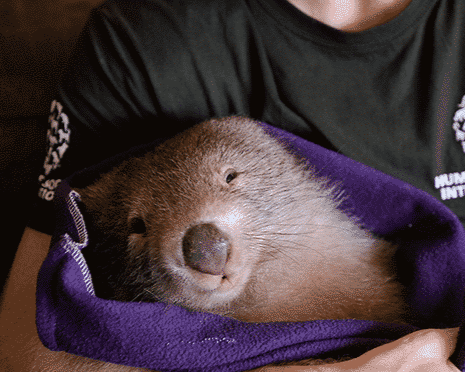Australia’s native animals are protected by law — but that protection comes with caveats. Across every state and territory, permits are routinely issued that allow property owners to kill native wildlife. Known in many jurisdictions as “damage mitigation permits,” these licences have quietly sanctioned the deaths of millions of animals...
For years there has been confusion over free range eggs in Australia. Intensive farm producers were labelling eggs as free range when they were so far removed from what consumers expect free range to be. Multiple cases were brought by the Australian Competition and Consumer Commission (ACCC), which found many producers to be guilty of misleading labelling and fraud. It was a mess.
So the Government stepped in to regulate and this should have been a good thing. There was a public consultation process on a new national standard which was supposed to improve consumer confidence in egg labelling. With a new national standard, the Government should have provided clarity for consumers who want to do the right thing by the hens that lay their eggs. They should have regulated to provide confidence in the free range label.
But big industry got to them.
The Turnbull Government has just released the new national standard for free range eggs which says they can come from farms which stock hens at a massive outdoor stocking density of up to 10,000 hens per hectare.
In a huge blow to consumers, the standard allows industrial egg farmers to label products from intensive systems as free range. This means consumers who want to do the right thing by the hens that lay their eggs cannot trust the new label and confusion will continue.

Australia stacks up poorly compared to other free range egg standards across the world.
The Government ignored consumer feedback and caved in to the pressure from a few industrial scale egg producers and major retailers.
Consumers asked for a maximum of 1,500 hens per hectare. This is what the RSPCA recommends. It is what the CSIRO voluntary national standard has been since 2002. Genuine free range systems do not operate above 2,500 hens per hectare anywhere in the world.
But big business asked for 10,000 hens per hectare. And big business won. And the Government has won the award for being most out of touch with consumer expectations and animal welfare.

Thousands of submissions from ethical consumers asked for a maximum stocking density of 1500 hens per hectare. Image: Walker Farm Foods
Not only does this let down the hens and ethical consumers, it also lets down the genuine free range egg industry. Australia’s true free range egg producers have set up their businesses under the 1,500 hens per hectare standard recommended in Australia’s Model Code of Practice for Poultry which has been in place since 2002. This new standard will undercut their efforts to provide a genuine free range egg to the market. Sadly consumers will continue to be confused and uncertain.
The only certainty is that big retailers and industrial egg producers will happily charge consumers a premium for so-called free range eggs from wildly inappropriate stocking densities with the blessing of the Government.
This Government has proven they are more of a friend to big business than they are to small genuine free range businesses, animal welfare advocates and consumers.
What is the problem with a high stocking density?
High stocking densities means overcrowding. The birds don’t have room to express and enjoy their natural behaviours like flapping their wings, socialising or perching. In over-crowded conditions, hens peck at each other causing injuries, which is the reason why hens are de-beaked as chicks. It’s a brutal process.

Not only does the new standard let down the hens and ethical consumers, it also lets down the genuine free range egg industry. Image: Fryar’s Kangaroo Island Free Range Eggs
At high stocking densities in some of these so called free range systems it can be hard for the birds to even make their way outside. This is something the ACCC pulled producers up on in the court cases. The new guidelines are disappointingly unclear on what is meant by ‘meaningful’ access to the outdoors. There is no requirement specifying the amount of time spent outside and there is also a complete lack of clarity about the stocking density inside the sheds where these so-called free range birds will be housed when indoors. When these indoor barns are overstocked you also get problems like ammonia build up and disease spreads more easily.
What should consumers do?
If you want to be sure your eggs are from hens treated with a high standard of welfare in a genuinely free range system you need to read the small print and look for a 1500 hens per hectare stocking density or less. You could also look on Humane Society International’s website – we have a Humane Choice label for genuine free range humane producers – so you can find them all there.


